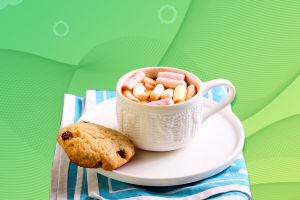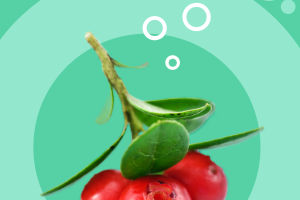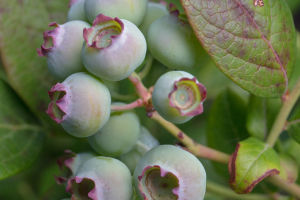Cream and butter are commonly used ingredients in baking, but many people often confuse them, often thinking that butter is butter or butter is cream, which is not quite accurate!
What is cream?
The cream is a yellow or white fatty semi-solid food extracted from cow's milk and goat's milk. It is a dairy product made from the higher milk fat layer of the top layer of raw milk before homogenization.
What is butter?
Vigorous agitation of the milk or cream breaks the protein membranes of the milk fat globules and the milk fat flows out of the globules. After losing the protection of the protein, the fat and water separate, and they slowly float up, clump together, and turn pale yellow.
At this time, the upper layer of fat is separated, salted, and pressed to remove water, and it becomes the daily edible butter, also called "butter".
What is Butter?
The word butter has two meanings, one refers to dairy products, and the other refers to the oil extracted from the adipose tissue of cows. The two meanings are easily confused.
Classification of butter:
According to the different production processes, butter can be divided into fermented butter, non-fermented butter, unsalted butter, and salted butter.
# Fermented butter:
Add lactic acid bacteria to make it fermented, so it has a slightly sour taste and unique aroma, which are mostly made in Europe;
# Unfermented butter:
Unfermented, generally unfermented butter made in Japan;
# Unsalted butter:
Unsalted butter, marked as [no added salt], is basically used in the manufacture of pastries;
# Salted butter:
Also known as salted butter, there is a lot of salted butter in Japanese products, and the salt content is specified below 18%.
Oil-free bread is chewy and has a harder surface. This is one of the characteristics of hard bread, which is usually made with a recipe that is free of fat or less oily. You can feel the taste of wheat, so it is very suitable for simple meal-type bread.
Grease can make the dough softer, and improve gas retention, increasing the fluffy bread. The reason the bread is still soft the next day is that the fat prevents the water from evaporating, which slows down the aging of the bread.
Due to the good stretchability of the soft dough, it is easier to make complex products. Even if the recipe is the same, the appearance of bread made with and without grease can vary greatly.
What kind of bread do you want to make, what kind of bread do you want to eat? Can be made by adjusting the grease, isn't it fun?


